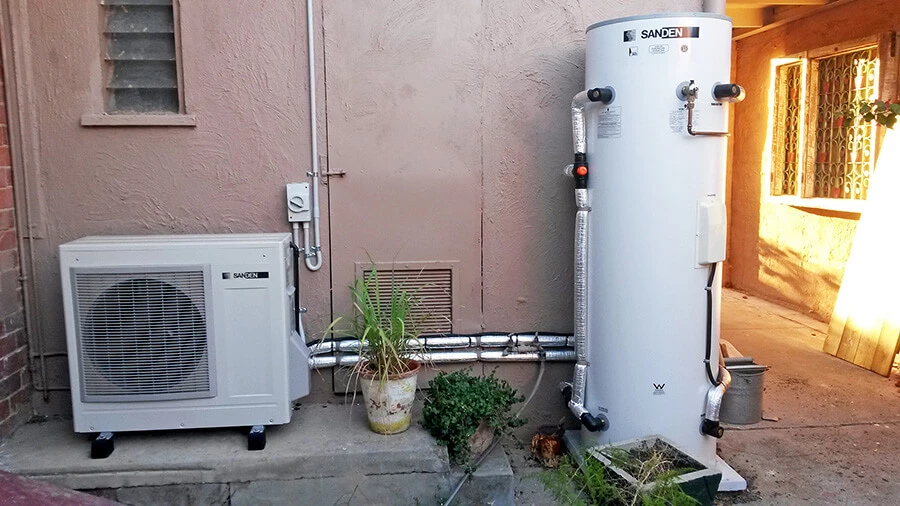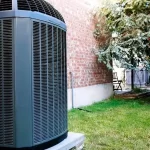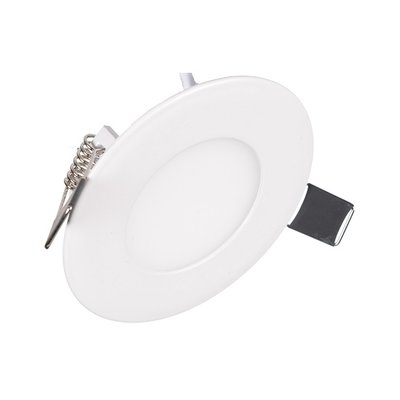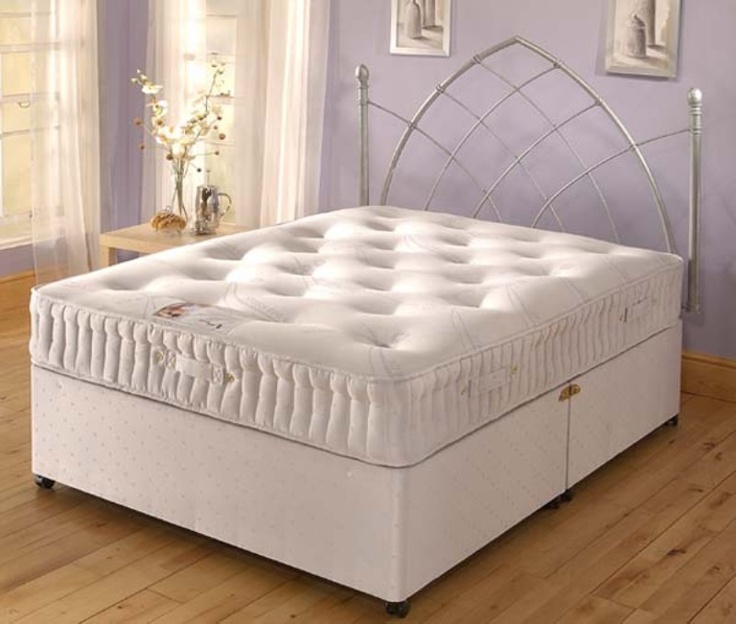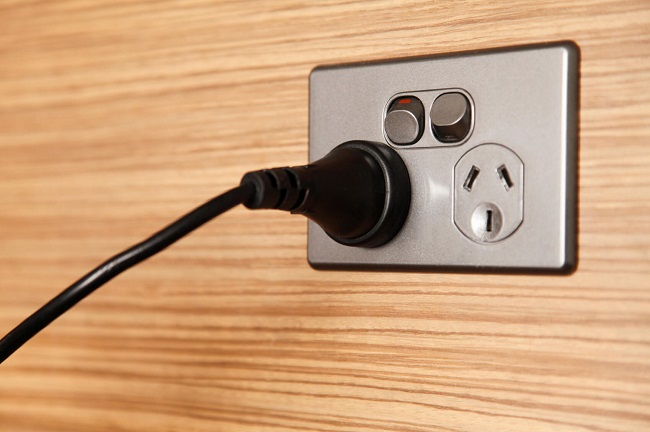Homes today are heavily dependent on conventional energy sources, leaving many of us with hefty utility bills and a larger carbon footprint than we’d like. But what if I told you there are alternative energy sources, some hidden in plain sight, that your home might be missing out on? Leveraging these can not only reduce your dependence on the grid but also pave the way for a more sustainable future. Let’s dive in!
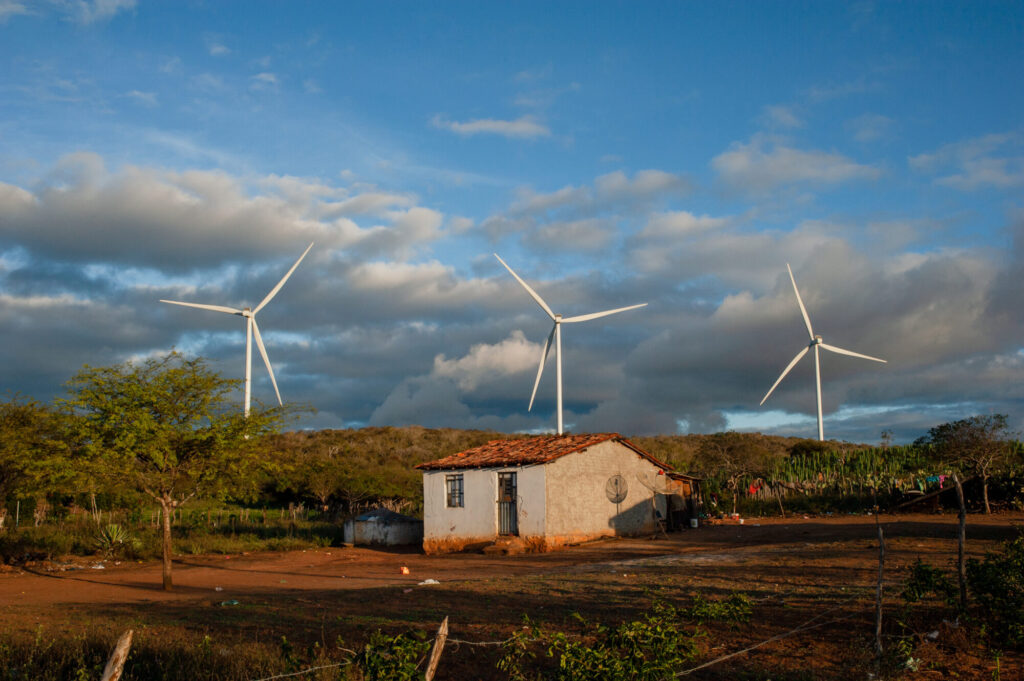
Content
1. Solar Energy: Not Just For Panels
Most folks think of those shiny panels on rooftops when they hear ‘solar energy’. But there’s so much more to it. Passive solar design, for instance, uses the natural movement of sun and shade to heat and cool homes. Large windows, thermal walls, and strategic landscaping can harness the sun’s power without the need for expensive panels.
For those who are interested in a deeper dive into alternative energy sources, the orgone energy concept is a game-changer. Rooted in the 1930s, it’s an omnipresent force that, when tapped into, can provide free electricity on autopilot. It’s a revelation that’s been kept under wraps for too long.
2. Wind Energy: Not Just For Wind Farms
Small-scale wind turbines are becoming increasingly popular for residential use. Depending on where you live, a mini turbine can help cut down on energy costs and is a great backup for off-grid days. Also, it’s an excellent conversation starter for those neighborhood BBQs!
To help homeowners get started with DIY electrical setups, including mini wind turbines, this comprehensive guide is a must-read. It breaks down the steps in a simple, easy-to-understand manner.
3. Ground Energy: Geothermal Goodness
Harnessing the earth’s natural heat might sound like a plot from a sci-fi movie, but geothermal energy is very real. By circulating fluid through pipes buried deep in the ground, homes can be heated in the winter and cooled in the summer. It’s an initial investment but pays off in long-term savings.
For those thinking about home remodeling, integrating geothermal systems can be a smart move. I recently came across this article detailing innovations that are paving the way for a greener future, and geothermal energy is right at the top.
4. Water Energy: Harnessing the Flow
If you have a stream or river flowing through your property, you’ve hit the jackpot. Micro-hydropower systems can generate enough electricity for a home or even a small community. The best part? It’s one of the most consistent alternative energy sources out there.
Wrapping Up
The energy landscape is shifting. As homeowners, it’s on us to be informed and make choices that are both cost-effective and environmentally friendly. From harnessing the power of the sun, wind, ground, and water to delving deep into secrets like orgone energy, the possibilities are endless.
Remember, change starts at home. By exploring these energy alternatives, you’re not just cutting down on expenses but also paving the way for a more sustainable future for the coming generations.
The Role of Sustainable Housing Materials
It’s crucial to realize that energy efficiency isn’t only about the sources we tap into. The materials used in constructing and renovating homes play a pivotal role in how energy is utilized and retained. For instance, bamboo, a rapidly renewable resource, is not only strong but also has excellent insulation properties. Similarly, recycled steel, which uses 60% less energy than producing steel from raw materials, can provide the framework for a house without the environmental cost of traditional materials. It’s time we thought beyond just energy sources and considered the broader spectrum of home construction and its environmental implications.
Technology and Energy Efficiency
The rapid pace of technological advancements has significantly impacted the domain of home energy. Smart home systems can now control lighting, heating, and even window shades to optimize energy usage throughout the day. Furthermore, the rise of AI-driven home assistants can monitor and suggest energy-saving habits tailored to your daily routines. As technology continues to become more integrated into our homes, it holds the potential to revolutionize how we think about and consume energy.
The Psychological Benefits of Sustainable Living
Beyond the tangible benefits of cost-saving and reducing carbon footprints, living sustainably has profound psychological effects. Knowing that one’s lifestyle is in harmony with the environment can bring about a sense of peace and contentment. This holistic approach to living aligns with the global shift towards mindfulness and well-being. As more individuals seek a lifestyle that benefits both the self and the planet, sustainable energy sources and living practices are bound to become the norm rather than the exception.

I am Scott Miller and my love is writing about home improvement. I write mostly about home ideas, but also share some tips and tricks that can make your life easier when it comes to getting things done in the house.

